This subterranean termite nests in timber on the ground, rotting wood, decking, poles, posts and fences, especially in decaying material.

Australian operated

5.0
30 reviews

5.0
30 reviews

Australian operated
Free on-site visit & quote
Over 14,000+ homes protected
5/5 stars is most frequent rating
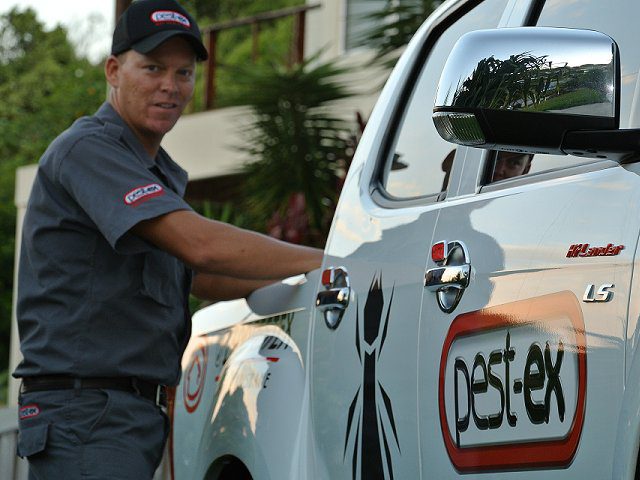 Termites if left untreated can cause serious, sometimes irreversible damage to your property. Many home owners fail to realise that home insurance does not cover structural damage caused by termites, which can result in huge financial losses.
Termites if left untreated can cause serious, sometimes irreversible damage to your property. Many home owners fail to realise that home insurance does not cover structural damage caused by termites, which can result in huge financial losses.
This is why it’s imperative to have your home inspected often by qualified professionals such as Pest-Ex.
As a means of us helping out and doing our bit, we’ve put together this simple yet effective termite identification guide, which covers all Australian termites, along with breeding cycles, food they eat, their habitat and their destructive nature.
Misidentifying termites can lead to some pretty costly outcomes. Over the years we’ve seen home owners, and other pest control companies misdiagnose termites as typical household ants, wasps, flying ants or otherwise which has led to preventable damage occurring.
This is why it’s always best to have qualified pest control technicians like Pest-Ex inspect your property.
If you have concerns, give us a call and we’ll perform an inspection on your property right away.
Correct identification by a qualified termite professional will ensure that the most effective measures are taken to not only remove the termites, but also prevent any further infestations. Failing to correctly diagnose the problem can often lead to further complications.
Again, if you’re not sure what you might have in your home, give us a call.
Most termites are very small in nature and are commonly mistaken for regular household ants. However as termites move through the various stages in their life cycle – from egg to adult, they can take on various forms and characteristics. Therefore, it’s possible that you may not know what they are at all.
In many cases they’re missed completely as they can be very hard to detect. Especially when travelling beneath sub structures, inside walls, underneath flooring or within roof voids and other internal cavities.
The following information outlines various life cycles of each type of termite, along with its appearance and characteristics to help you better understand each type of termite and what to look for.
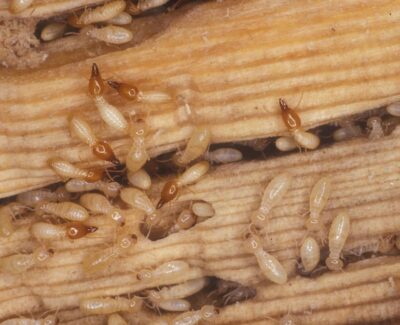
Coptotermes termites
Locations:
QLD, NSW, NT, TAS, VIC, WA, SA
Threat:
Very high risk
Behaviour:
Coptotermes are considered Australia’s most destructive widespread termite. They nest underground in large colony’s and are a serious threat to any timber house or structure. Termite baiting is a common treatment for these termites.
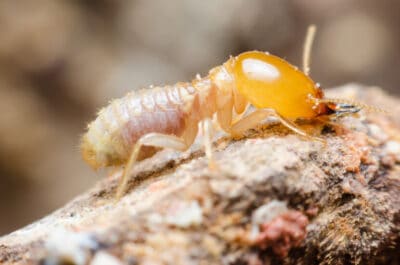
Schedorhinotermes termites
Locations:
NSW, QLD, NT
Threat:
Very high risk
Behaviour:
Schedorhinotermes are highly destructive termites that consume hard and softwood timbers including homes, landscaping and old timber bridges. These termites are known to nest under home slabs or usually in the base of a tree root system.
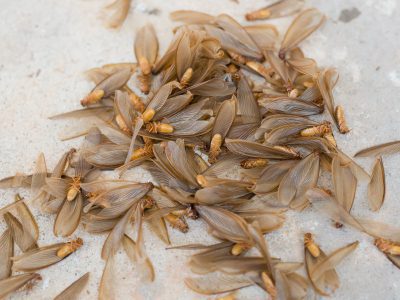
Flying Termites
Locations:
QLD, NSW, NT, TAS, VIC, WA, SA
Threat:
Very high risk
Behaviour:
Flying termites are also known as elates “future kings and queens” They fly out of the colony and start reproduction. It is common after rain in afternoons to find these flying around doors and windows, if you see these its time for a termite inspection

Coptotermes lacteus
Locations:
QLD, NSW, NT, TAS, VIC, WA, SA
Threat:
Very high risk
Behaviour:
Coptotermes lacteus (C. lacteus), or the milk termite, mound-building termite, or subterranean termite, is a species of Rhinotermitidae. Learn more here –> Coptotermes lacteus
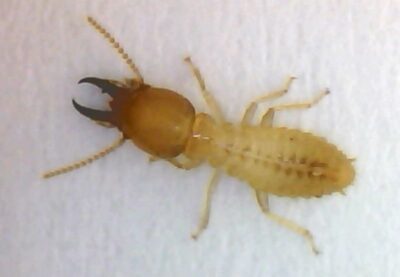
Coptotermes acinaciformis
Locations:
QLD, NSW, NT, TAS, VIC, WA, SA
Threat:
Very high risk
Behaviour:
Coptotermes Acinaciformis is a native Australian species of subterranean termite.
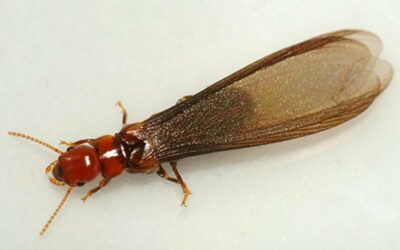
Dampwood Termites
Locations:
QLD, NSW, NT, TAS, VIC, WA, SA
Threat:
Moderate risk
Behaviour:
Dampwood Termitesis sometimes called the ‘rotten wood’ termite, dampwood termites are a species of the Termopsidae family.

Coptotermes frenchi
Locations:
VIC, NSW, QLD
Threat:
Very high risk
Behaviour:
Coptotermes Frenchiis similar to Coptotermes acinaciformis, however is smaller and has smaller mandibles.
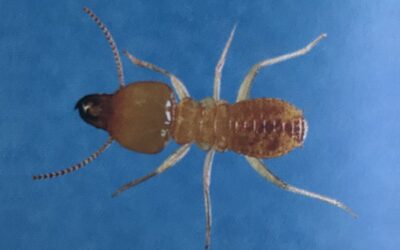
Schedorhinotermes Intermedius
Locations:
QLD, NSW, VIC
Threat:
Very high risk
Behaviour:
Schedorhinotermes Intermediusis a destructive species of termite has two types of soldier. These are named Major and Minor. They are very similar in appearance with only a few subtle differences.
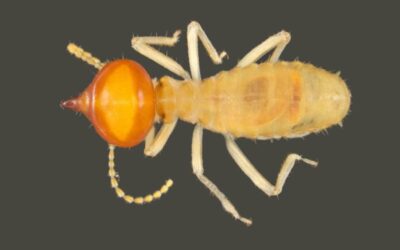
Nasutitermes Walkeri Termite
Locations:
NSW, QLD
Threat:
Very high risk
Behaviour:
Nasutitermes Walkeri Termite– These termites inhabit the woodland and bushland areas along coastal and mountain regions and are found in the north eastern areas of NSW and the SE region of Qld.
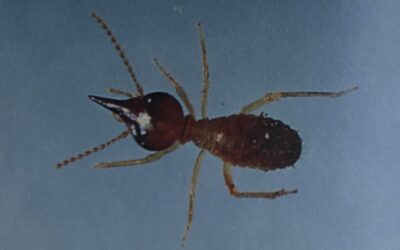
Nasutitermes Termites
Locations:
QLD, NSW, NT, TAS, VIC, WA, SA
Threat:
Very high risk
Behaviour:
Nasutitermes Termites– The Nasutitermes exitiosus is a subterranean termite, and like other subterranean species, they undergo an incomplete metamorphosis, represented by egg, nymph, and adult
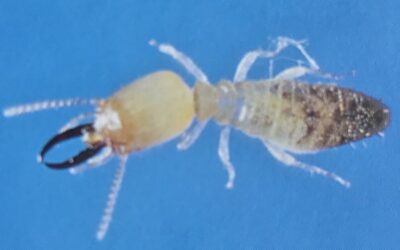
Heterotermes Termites
Locations:
QLD, NSW, NT, TAS, VIC, WA, SA
Threat:
Moderate to High
Behaviour:
This subterranean termite nests in timber on the ground, rotting wood, decking, poles, posts and fences, especially in decaying material.
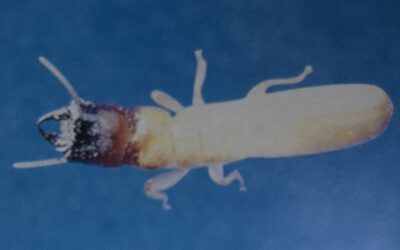
Drywood Termites
Locations:
QLD, NSW, NT, TAS, VIC, WA, SA
Threat:
Moderate to High
Behaviour:
Drywood Termitesis a social insect that live within nests that are often referred to more commonly as colonies







